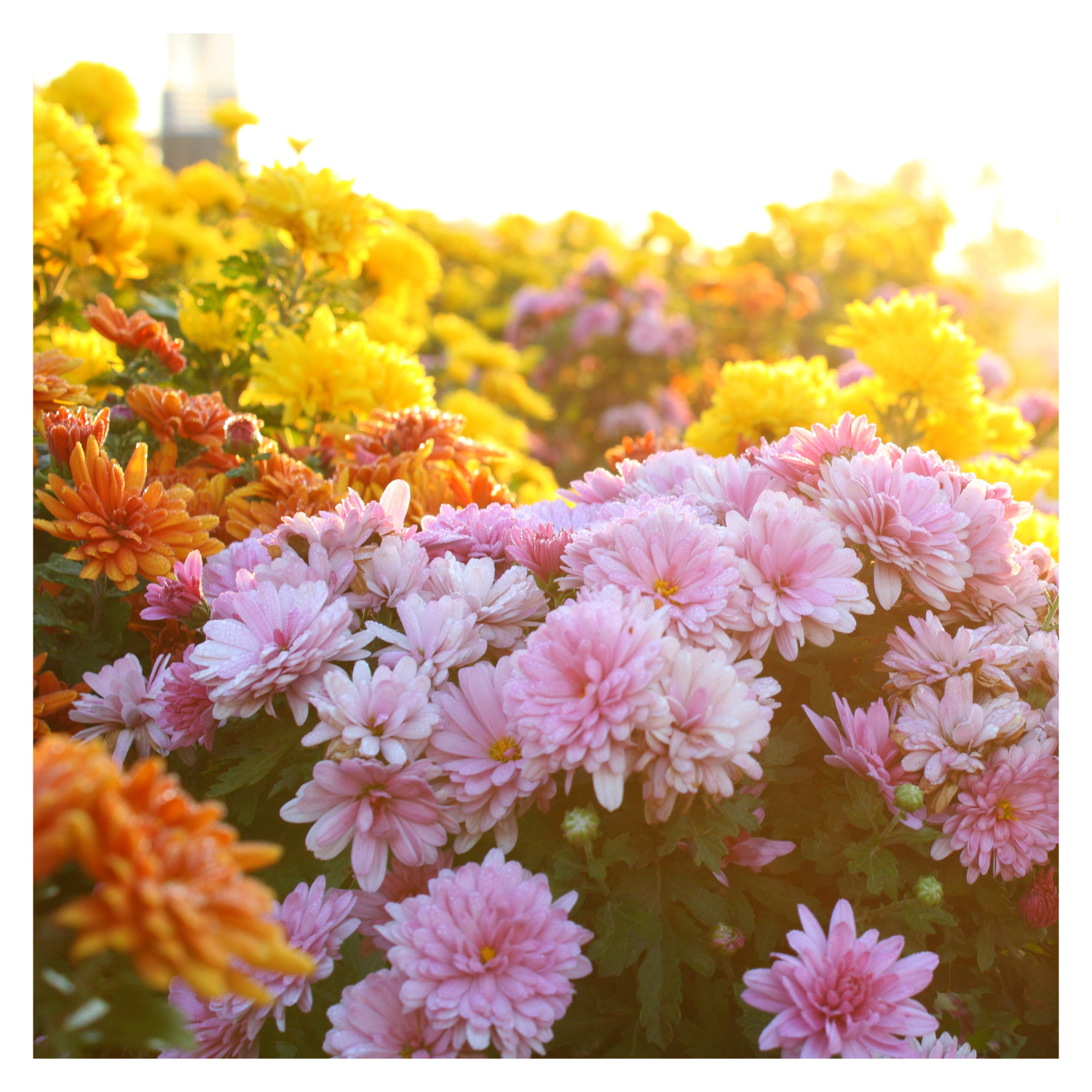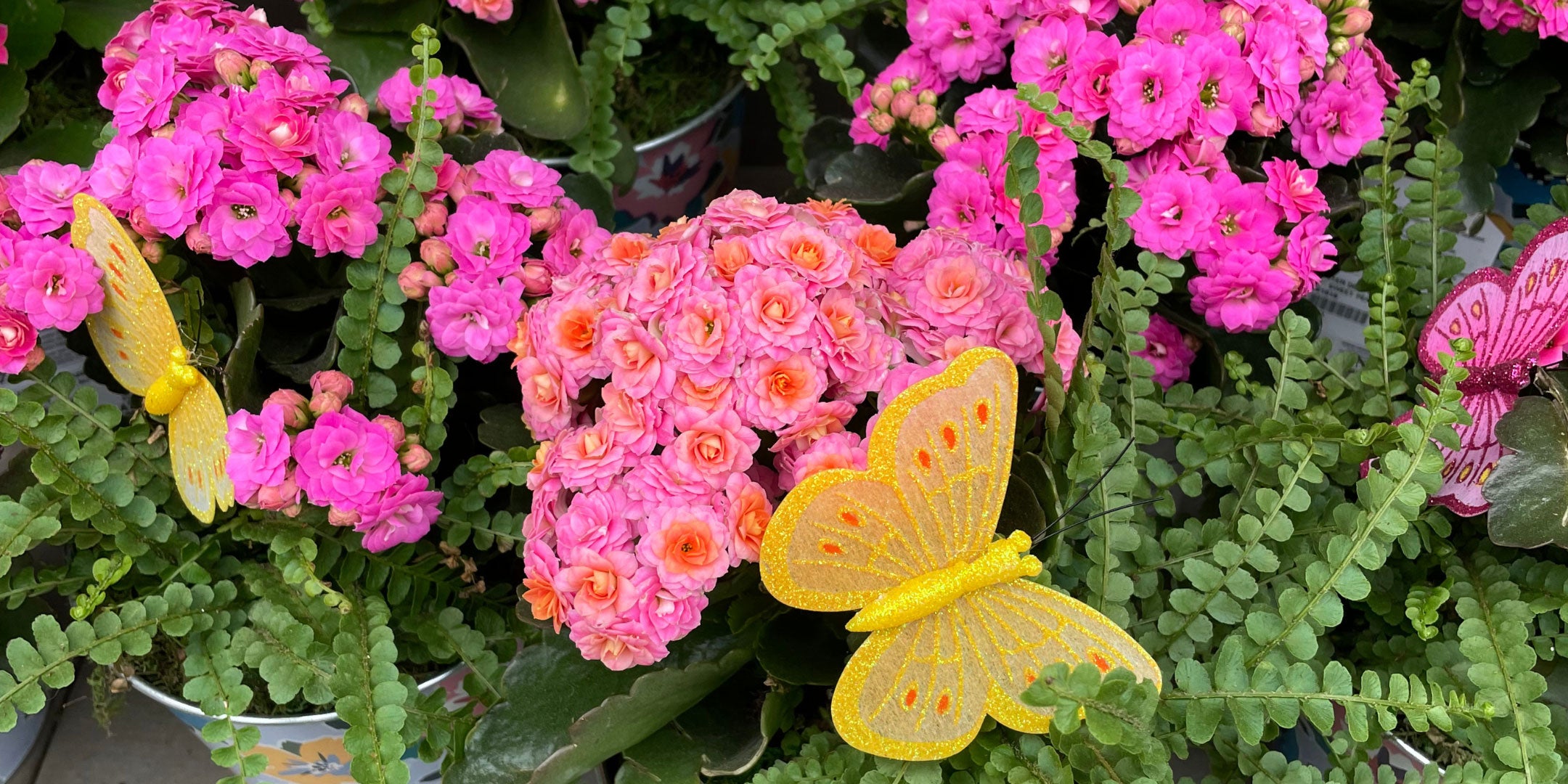Top 12 Tips for Fall Gardening: How to Prepare Your Garden for Winter
As the growing season winds down in Sault Ste. Marie's Zone 4, fall is the perfect time to ensure your garden is ready for the long winter months. Here are the top 12 tips to help you prepare your garden for winter while setting it up for success come spring.
1. Collect and Store Seeds
Take the time to collect seeds from your favorite plants. Seeds from Northern Ontario wildflowers, vegetables, or annuals can be saved and stored for next year. Allow them to dry completely, label them, and store them in a cool, dark place over the winter.
2. Add Compost or Manure
Fall is ideal for adding compost or well-rotted manure to your garden beds. This organic material breaks down over winter, enriching your soil and giving it a head start for spring planting.
3. Cover Water Features
If you have water features such as ponds or fountains, make sure to cover them before winter arrives. This prevents debris from getting in and protects your equipment from freezing damage.
4. Check Houseplants for Pests
Before bringing houseplants inside, inspect them thoroughly for pests like aphids, spider mites, or scale. Treat any infestations and clean the leaves to avoid introducing pests to your indoor environment.
5. Plant Fall Bulbs
Now is the time to plant fall bulbs like garlic, Allium, Crocus, Tulips, and daffodils. These bulbs need the winter chill to bloom in spring, so get them in the ground before the first frost hits.
6. Clean Up Garden Beds
Remove dead or diseased plant material to prevent pests and diseases from overwintering in your garden. This is especially important for perennials and vegetables that might harbor harmful pathogens.
7. Pull Weeds
Though the growing season is nearly over, weeds continue to steal nutrients from your garden. Pull them out now to reduce competition for your plants and to prevent them from going to seed over the winter.
8. Cut Back Perennials
Trim away dead or diseased foliage from perennials to discourage overwintering pests. For many perennials, you can cut them back to just above ground level to ensure they come back strong next year.
9. Leave Seed Heads for Birds
Not all dead plants need to be removed. Leave the seed heads of flowers like sunflowers, coneflowers, and asters for birds to enjoy over the winter. These provide a natural food source and add interest to the winter garden.
10. Continue to Water Trees and Shrubs
Even as the weather cools, trees and shrubs need water until the ground freezes. This is especially important for evergreens, which lose moisture through their needles in winter. Deep watering ensures they stay hydrated through the cold months.
11. Dig Up Tender Bulbs
Tender bulbs like dahlia, canna, and gladiola won’t survive the winter in our cold climate. Dig them up, allow them to dry, and store them in a cool, dark place to be replanted next spring.
12. Mulch for Winter Protection
Apply a thick layer of mulch, such as straw or shredded leaves, around the base of trees, shrubs, and perennials to insulate the soil. Mulching helps regulate soil temperature, retains moisture, and protects plant roots from the harsh freeze-thaw cycles of winter. It also prevents soil erosion and suppresses late-season weed growth, giving your garden a healthy foundation for spring.
By following these fall gardening tips, you’ll help your garden weather the winter and ensure it’s ready to flourish again next spring!




